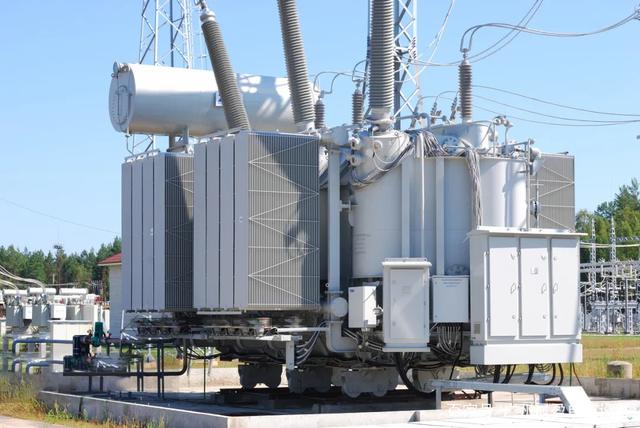The reasons for conducting impact tests on new or overhauled transformers before formal operation are as follows:
1. Check if there are any weaknesses or defects in the insulation of the transformer and its circuit.
When opening the no-load transformer, there is a possibility of operating overvoltage. When the neutral point of the power system is not grounded or grounded through arc suppression coils, the overvoltage amplitude can reach 4-4.5 times the phase voltage; When the neutral point is directly grounded, the overvoltage amplitude can reach 3 times the phase voltage. In order to test whether the insulation strength of the transformer can withstand the effects of full voltage or operating overvoltage, a no-load full voltage impulse test is required before the transformer is put into operation. If the transformer and its circuit have insulation weaknesses, they will be exposed by overvoltage breakdown during operation.
2. Check if the differential protection of the transformer is mistakenly activated.
When a live load transformer is put into operation, it will generate excitation inrush current, which can reach a value of 6-8 times the rated current. The excitation inrush current begins to decay rapidly, usually reducing to 0.25-0.5 times the rated current within 0.5-1 seconds. However, the complete decay time is relatively long. For small and medium-sized transformers, it takes about a few seconds, while for large transformers, it can take 10-20 seconds. Therefore, in the early stage of excitation inrush current decay, differential protection often malfunctions, causing the transformer to not be put into operation. Therefore, when the no-load impact is closed, under the action of excitation inrush current, the wiring, characteristics, and settings of differential protection can be practically checked, and an evaluation and conclusion can be made on whether the protection can be put into operation.
3. Assess the mechanical strength of the transformer.
Due to the significant electrical force generated by excitation inrush current, in order to assess the mechanical strength of the transformer, a no-load impulse test is required.

According to the regulations, the number of full voltage no-load impulse tests should be carried out continuously for 5 times when new products are put into operation; After major maintenance, it should be continuously impacted three times. The interval between each impact should not be less than 5 minutes. Before operation, personnel should be sent to the site to monitor the transformer and check for any abnormalities. If there are any abnormalities, the operation should be stopped immediately.
After the first impact, it should run continuously for more than 10 minutes, and after the subsequent impact, it should wait for more than 5 minutes before proceeding to the next impact. As for why setting it to 5 times is a regulation, it is a conclusion drawn from a comprehensive consideration of mechanical strength, overvoltage, and excitation inrush current.
Kvtester Electronics Technology Co.,Ltd. is a high-tech enterprise specializing in power testing, testing, research and development, production, and sales of testing equipment. It has been engaged in the electrical testing industry for many years, and its products are of high quality. We welcome customers to come and purchase. Service hotline: 0086-27-81778799, to learn more, visit the official website: www.kvtester.com





